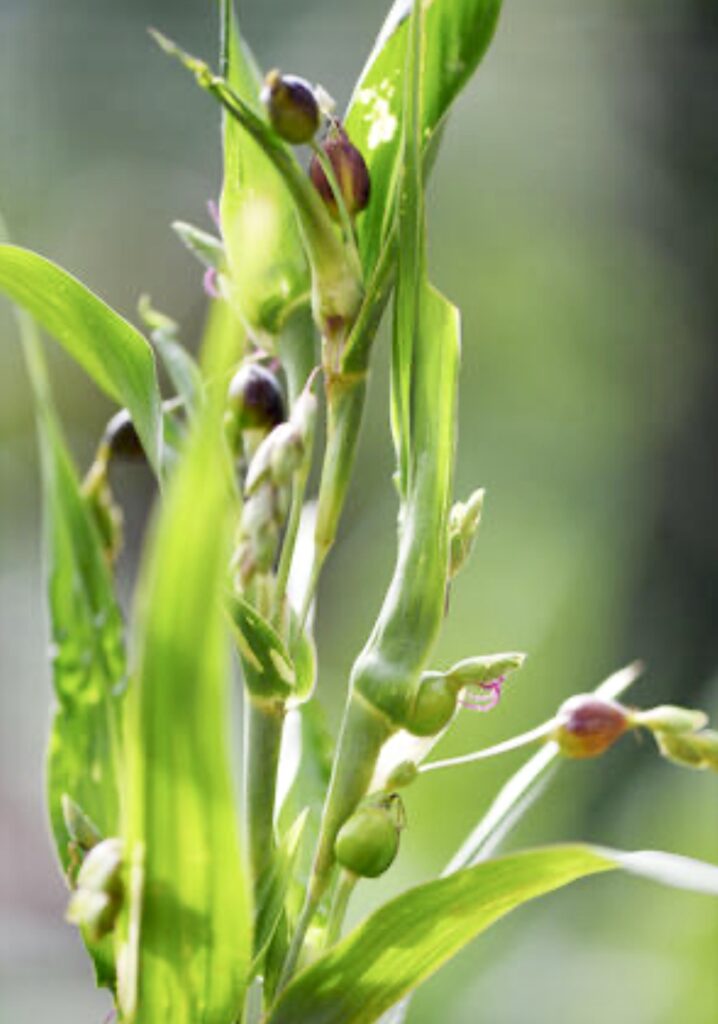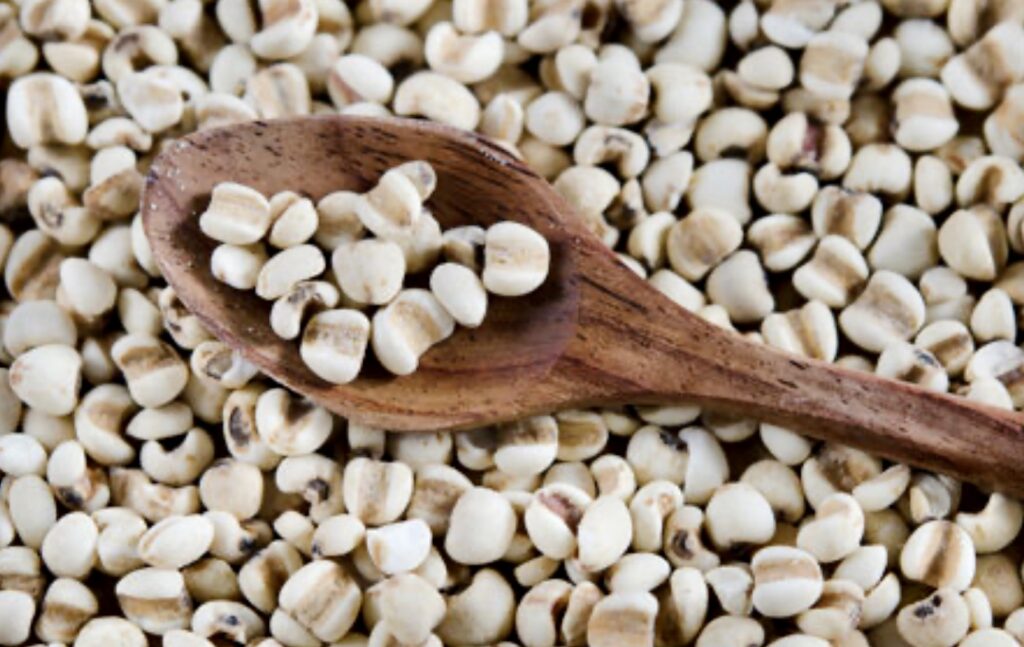By Henrylito D. Tacio
Photos: alamystockphotos
For thousands of years, rice (known in the science world as Oryza sativa) has been part of the human diet. Historical evidence suggests that rice may have been produced and consumed up to 10,000 years ago.
“Rice is the principal food for over 60% of mankind,” pointed out the Laguna-based International Rice Research Institute (IRRI). It is particularly important to Asia, where over half of the world’s population lives.
In the Philippines, rice is the staple food, together with fish. “If we did not have rice, our deepest comfort food, we would probably feel less Filipino,” the late food columnist Doreen Fernandez once said.
“One more rice, please!” This call, which rings at dinner time in all restaurants and small eateries, best sums up the eating habits of the typical Filipino to whom eating is a matter of filling up. Studies show a one-half cup of rice can furnish 82 calories of energy, enough to give someone energy to walk 26 minutes.
On average, Filipino consume 114-120 kilograms of rice per capita per year. That’s almost double of the world average of 65 kilograms per capita per year, according to Dr. Eufemio Rasco, Jr., former director of the Philippine Rice Research Institute (PhilRice).
Eating rice is likely safe. However, eating white rice in excess amounts on a daily basis can boost the high risk of developing diabetes (particularly type 2). “This is because it has a high glycemic index (GI) score, meaning that it can cause large spikes in blood sugar after meals,” Medical News Today explains. “Foods with a high glycemic index may increase the risk of diabetes.”
The GI is a measure of how quickly and how much a food raises your blood sugar levels after eating. Rice is considered a high GI food, although it varies depending on the type and amount of processing. Reports show the GI of rice ranging from 48-93, according to the Harvard Medical School. Low GI foods have a rating of 55 or less, medium GI foods are 56-69, and high GI foods are 70-100.
Because of how the body processes white rice, Harvard Medical School has said that it spikes blood sugar levels and “hast almost the same effect as eating pure table sugar,” which is not great for overall health.
In the Philippines, diabetes is already a health problem. By 2030, over 7 million people are expected to have diabetes. Most of those who have the disease don’t know they have it. In fact, many diabetics die “because it is already too late to remedy the situation,” to quote the words of Dr. Ricardo Fernando, director of the Institute for Studies and Diabetes Foundation.

Adlai plant 
Adlai up close
Watch what you eat; health experts usually tell diabetics. Aside from eating healthy foods, most doctors recommend that they eat rice scanty. Or find some good alternatives for rice like adlai.
For one, adlai is the perfect energy booster. A 100-gram serving of cooked adlai provides 356-kilo calories (kcal), whereas white rice only provides 110 kcal, according to studies. “Whether you spend the whole day at the office or at the football field, adlai certainly is the perfect companion for anybody who leads a busy or active lifestyle,” writes Cathy Dario for the website thefatkidinside.com. “It leaves you full longer and leaves out the sluggish, super full feeling we often get after eating a lot of rice.”
As a versatile food, adlai can be paired with almost any meal. “From soups, salads and grain bowls – adlai’s neutral (sometimes nutty) taste makes it perfect to pair with any meal,” Dario writes. “It has also the consistency of al dente pasta, so you can also top rich, delicious sauces over it. For those who love Filipino desserts, adlai can also be cooked into maja blanca, champorado, polvoron, and turones de adlai. Finally, you can enjoy homemade, guiltless, and absolutely healthy kananin!”
For those who want to lose weight, adlai is it. “For weight loss, we need something which is high in vitamins and minerals, which is not available in commercial rice,” says clinical nutritionist and book author Dr. Rupali Datta.
Adlai is the perfect substitute for rice. Although it contains a higher caloric content than rice, adlai is packed with minerals like calcium (25 milligrams), phosphorus (43.5 milligrams), iron (5 milligrams), niacin (4.3 milligrams), thiamine (0.28 milligram), and riboflavin (0.19 milligram). It is also superior to its staple counterpart when it comes to carbohydrate content (73.9 grams) and protein (12.8 grams).
This must be the reason why movie actress Solenn Heussaff considered adlai as her “secret carb.” In her blog, she wrote: “I don’t believe that healthy eating means depriving yourself of food, because that actually just makes you crave and binge eat even more. So, what I do is I just look for healthy alternatives to everything. I know I definitely need carbs, because I need energy to go through life, but I also know I don’t have to get it from white rice that’s super high in sugar.”
In lieu of rice, Heussaff eats adlai. “It’s a great substitute for rice, because it contains less carbs, but it’s just as filling,” she admitted. “It’s also as easy to cook as rice!”
For diabetics, adlai is the best alternative. “Adlai has half the GI of the various grains we eat the most,” wrote Maria D. Perrine, a former journalist who’s now regarded as a guru of baking, artisan products, and farm living. “Cooked adlai has an average GI of 35 whereas glucose is 100. This means that you can eat twice as much adlai as compared to white or brown rice and three times as much as glucose for the same increase in your blood glucose level.”
In recent years, there are some interests about the health benefits of adlai. A study published in the Journal of Agricultural and Food Chemistry showed that extracts from the plant could suppress allergy symptoms in laboratory mice and increase their immune systems.
Adlai may also have protective benefits for the gastrointestinal system. In 2011, the aforementioned journal published a study showing adlai seeds to have inhibited gastric cancer cells in vitro and was found to be capable of reducing stomach ulcers in mice.
The Asia Pacific Journal of Clinical Nutrition reported in 2008 that adlai seeds were found to improve the levels of numerous osteoporosis biomarkers in the blood of mice when compared with a control group. “The scientists figured that the extracts might be able to reverse osteoporosis in rats and may additionally be a beneficial healthy food for osteoporosis avoidance,” states the website healthbenefitstimes.com.
Adlai (known in the science world as Coix lacryma-jobi) is considered a weed in some places of the country, but it is prized as a source of raw materials for necklaces and bracelets in some regions. Adlai is said to have originated in East Asia and Southeast Asia.
Adlai is also known as Job’s tears as it bears tear-like shape grains.
It is considered the champion crop of the Subanen tribe in Mindanao, particularly in Zamboanga and Northern Mindanao, according to Roni Matalog. It is also grown in Davao City and Kidapawan City. In the Cordillera regions, it is common in Sagada and the Mountain Province.
Adlai is a freely branching upright crop that can grow as tall as three feet. “Adlai is common throughout the country but not to the same extent as other cereal crops like corn with which we can easily identify,” said Merly S. Salaver of the research division of the regional field office of the Department of Agriculture in Davao City.
Generally, adlai is propagated by seeds; a hectare needs about 10 kilograms. It can be planted in high elevated areas and can be grown as hedgerows and intercropped with fruit trees and plantation crops.
A crop produces an average of 30 panicles per stem (with 250 grams of dry unmilled grains). It is normally harvested 4-6 months after sowing. Whole plants are cut at the base when the grain is ripe (about 80% in color). The average yield is 2-4 tons per hectare.
According to Salaver, there are two main species of adlai grown in the country: the one that bears hard beads, which are used to make necklaces, rosaries, and ornaments; and the softer one, which is cultivated as a cereal crop.
The Bureau of Agricultural Research reported 11 varieties of adlai being planted in the country. The most common ones, however, are the following: Gulian, Tapol, Ginampay, Kiboa, Dwarf, and Pulot.
Due to the size of grains, it takes more time to cook adlai than rice. Those who have eaten adlai said that cooked adlai is softer in texture and is more compact than rice.

